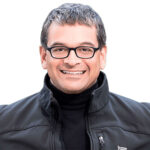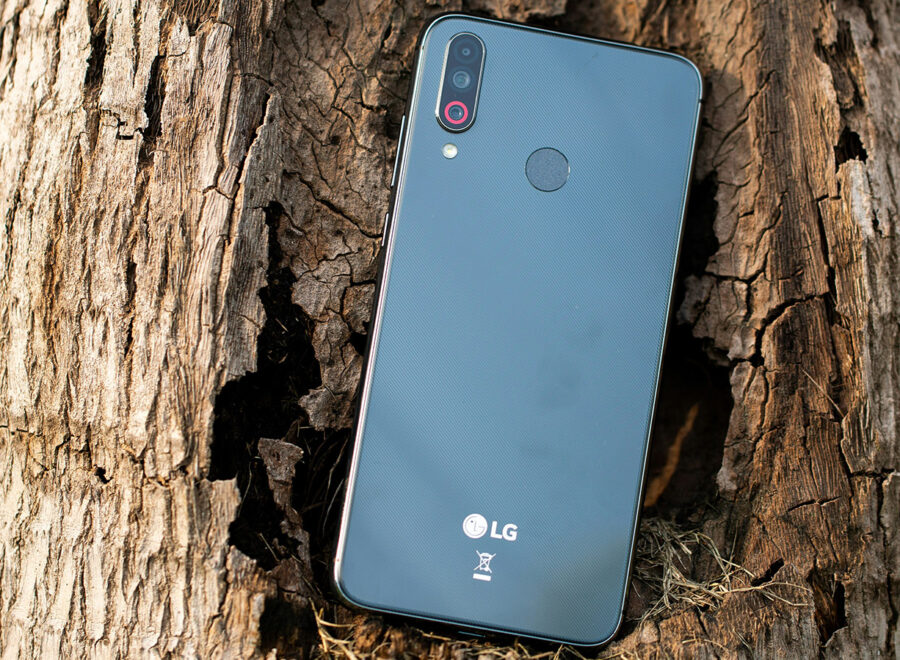Organizations working to better understand their customers would do well to employ direct observation techniques. But how do these techniques actually work? Here are some guidelines for the novice practitioner.
Marketing professionals have long held the role of keeping tabs on “the pulse of the customer.” On product development teams, this role involves conducting market research to identify people’s preferences and needs—information used to guide the team in creating new offerings.
Quantitative methods such as surveys and conjoint analyses test people’s responses to new concepts and prototypes, allowing researchers to optimize the feature set of a product according to people’s preferences. Focus groups provide more qualitative feedback on product concepts—primarily when the new concepts are simple enough or similar enough to what currently exists that consumers can understand them in a typically short focus group period of time. Focus groups also can be used to explore people’s unmet needs. However, they rely on people’s awareness, memory, and descriptive ability away from the context of those needs, making it difficult to get at the complexities of the issues.
Recently, direct observational methods used in product development have received a great deal of attention. Companies such as Motorola, Gillette, Steelcase, and Xerox have used observational research to identify opportunities for entirely new products. Researchers go to customers’ environments to watch and interview people in context. Directly observing people and asking questions that refer to objects and actions at the site gives researchers a rich understanding of the issues customers face.
Hewlett-Packard, for example, frequently uses observational research to identify unmet customer needs. In one instance, the company’s medical products division sent researchers to hospitals to watch surgeons operate. During the operations, surgeons would watch their scalpel movements on a television monitor, but other staff members repeatedly walked past the monitor while conducting their duties, blocking the doctors’ view. The doctors didn’t complain about the problem, but based on this insight—something that would be difficult to identify without direct observation—H-P developed a surgical helmet with goggles that cast images right in front of a surgeon’s eyes.
Organizations working to better understand customers in the process of product development would do well to employ direct observation techniques. But how do these techniques actually work? The points below outline basic guidelines for approaching direct observational research.
Watch first. Then ask. When studying people in the field, the tendency can be to buffet them with questions to get as much information as possible. The intrusiveness of these questions may inadvertently cause the person to change behavior. To prevent this, begin with silent observation. After the activities are completed, follow up with questions to understand why the person acted in a certain way and what he/she felt during the situation being observed.
Look for needs, not solutions. Customers often express their needs by describing a solution they hope might be implemented, precluding other solutions that they may not exist yet. Therefore, always state the need independently of how that need might be served. One method to achieve this goal is to state needs in terms of a verb rather than a noun. For instance, it would be preferable to note, “The user needs to reach items on the top shelf” rather than, “The user needs a ladder.”
Avoid intrusions to keep behavior natural. People alter their behavior when they know they’re being observed, changing their workflow and reconsidering their actions. To minimize these effects, limit intrusions into their environment and actions. Stay out of people’s way as much as possible, and don’t direct their actions. When taking pictures, shut off the flash. Wear clothes and use language that matches what’s typical in the environment.
Look for non-verbal clues. Facial expressions and body language convey a great deal of information about people’s attitudes and feelings. This nonverbal data becomes especially crucial when people won’t articulate their emotions—either because they don’t feel comfortable discussing their feelings or because they have difficulty explaining their responses.
Record even the obvious or the seemingly unimportant. What’s obvious to one researcher might offer insight to another. Seemingly unimportant details sometimes turn out to be the key to a person’s needs. Don’t just wait for the “great” observations.
Beware of leading questions. Avoid multiple choice questions or statements phrased as questions. They presuppose the range of answers, which can prevent one from seeing entirely new answers. Instead, use open-ended questions to allow the customer to phrase issues in his/her own words.
Record information in the customer’s terms. When documenting a discussion with a customer, record the person’s statements in his or her own words as much as possible. Their choice of words can carry meaning that would be lost if it were paraphrased.
Look beyond the immediately solvable problem. Record even complex issues that are beyond the scope of the immediate project or the team’s current abilities. Recognizing and dissecting these deeper problems allows the company to plan for the issues that should be fixed down the road, even when they are not currently solvable.
Customer research has to be rooted both in these basic principles and in other rigorous data gathering and analysis methods. With such tools, marketing professionals can drive innovation in their organizations and steer product development teams toward better meeting the needs of everyday people.

 Dev Patnaik
Dev Patnaik


